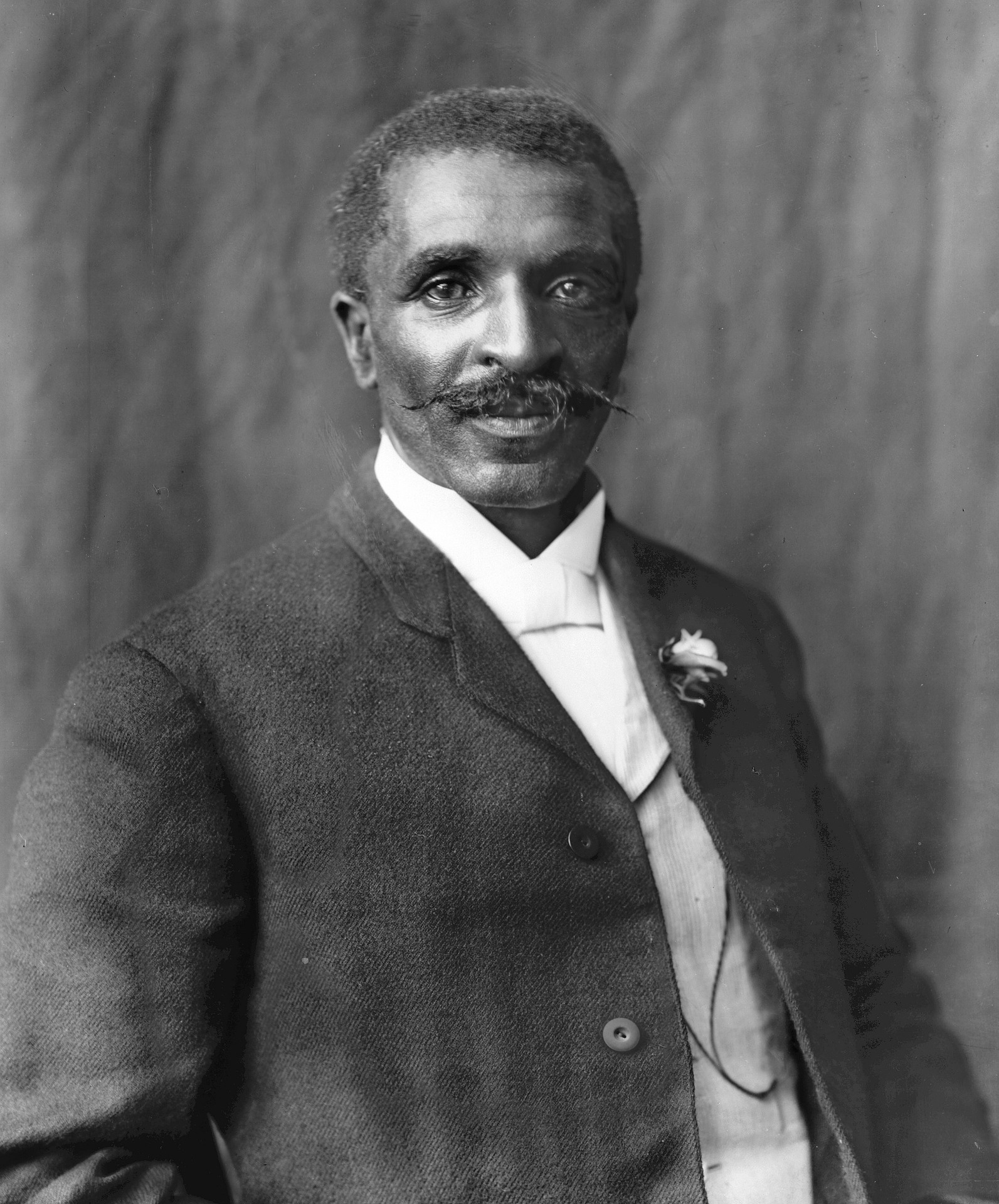On June 14 1927, George Washington Carver was granted U.S. Patent No. 1,632,365 for the “Process of Producing Paints and Stains.”
In 1990, George Washington Carver was the first African American introduced into the National Inventors Hall of Fame. The induction was based not only on his work in botany, but also for two patents he was granted in 1925 and 1927. Carver only patented three of his inventions and when asked why, he said “if I did it would take so much time, I would get nothing else done. But mainly I don’t want my discoveries to benefit specific favored persons.”

George Washington Carver was born into slavery in 1864. When he was an infant his family was kidnapped by Confederate raiders. The family was taken to Kentucky where they were separated and sold. Carver was sold to a family in Missouri that raised him and taught him to read. He began to experiment with plants, pesticides, soil conditions, etc. Carver became known as the “plant doctor” helping farmers improve their crops and fields.
It was not easy for Carver to get into a school. After much searching, he was able to attend the School for African American Children in Neosho, Kansas, which was a 10 mile walk from his home. Carver left home at 13 to continue his high school education and was eventually accepted into Highland Presbyterian College in Kansas. The school was very impressed with Carver throughout the admission process. However, on the first day of school, when they realized he was black they turned him away.
In 1888, Carver was accepted to Simpson College in Indianola, Iowa. His interest in botany led him to Iowa State Agriculture School where he earned his Bachelor of Science degree in 1894. The school was so impressed with his work they asked him to stay on as faculty while earning his Master’s Degree, which he obtained in 1896. He went on to be a faculty member at The Tuskegee Institute where he did research, taught students, and managed the schools farmland.
An excerpt from Carver’s patent states:
“The invention relates to paints and stains, and has as an object the provision of a process for producing paints and stains from clays. Clays are found in many sections of the country of a variety of colors, and by a proper choice of color there may be produced by the process of the invention a large variety of colors of pigments, fillers and stains for treating wood or other materials.
To reduce the clay to a gelatinous condition the same is treated with acid. For this purpose taking as a basis a quantity of 25 pounds of clay free from sand or other objectionable substances, 25 pounds of commercial sulphuric acid and 25 pounds commercial hydrochloric acid may be added to the clay, with three pounds of clean scrap iron of any kind, iron turnings being a desirable form for the iron.
The clay and iron are put into an acid-proof vessel which is capable of withstanding heat, as for instance a porcelain vessel. The acids are added with enough water to make a thin paste. The substance is then boiled slowly, with frequent stirring, until the iron is dissolved and the whole mass assumes a uniform color. Water free from alkali is then added sufficient to substantially double the volume, when the solution is well stirred and allowed to settle for about five minutes, for the purpose of settlement of coarser portions.
The material remaining in suspension with the liquid is then decanted into shallow acid proof vessels and the remaining coarse and insoluble material is thrown away. The material thus secured is utilized as a base for subsequent steps, the nature of which, as well as the nature of the clay first taken for treatment may be chosen to vary the color of the resultant products.”
—
